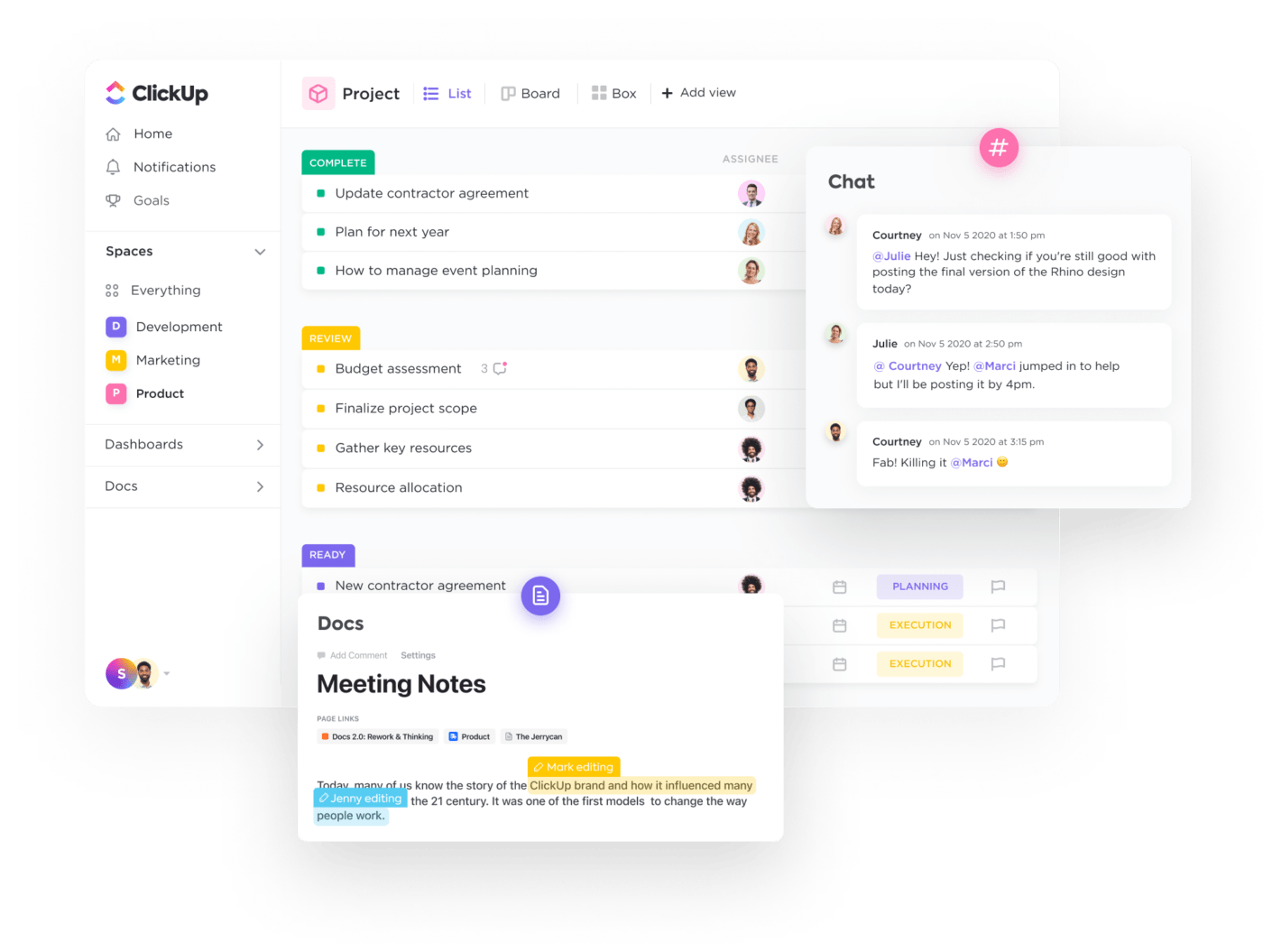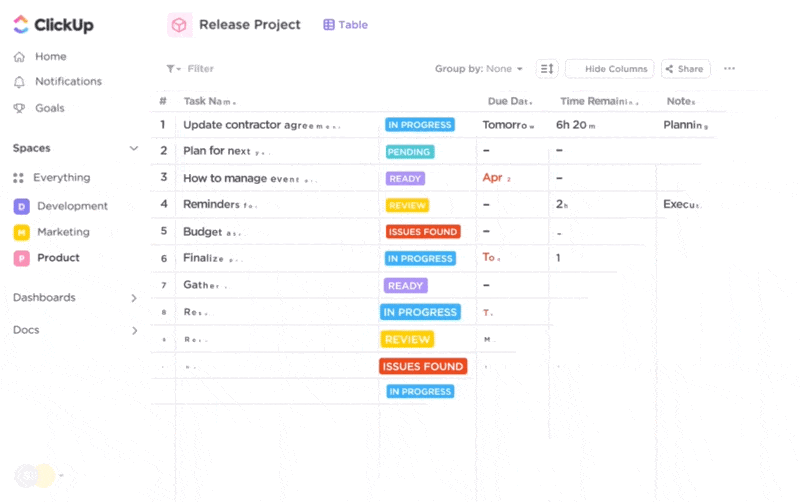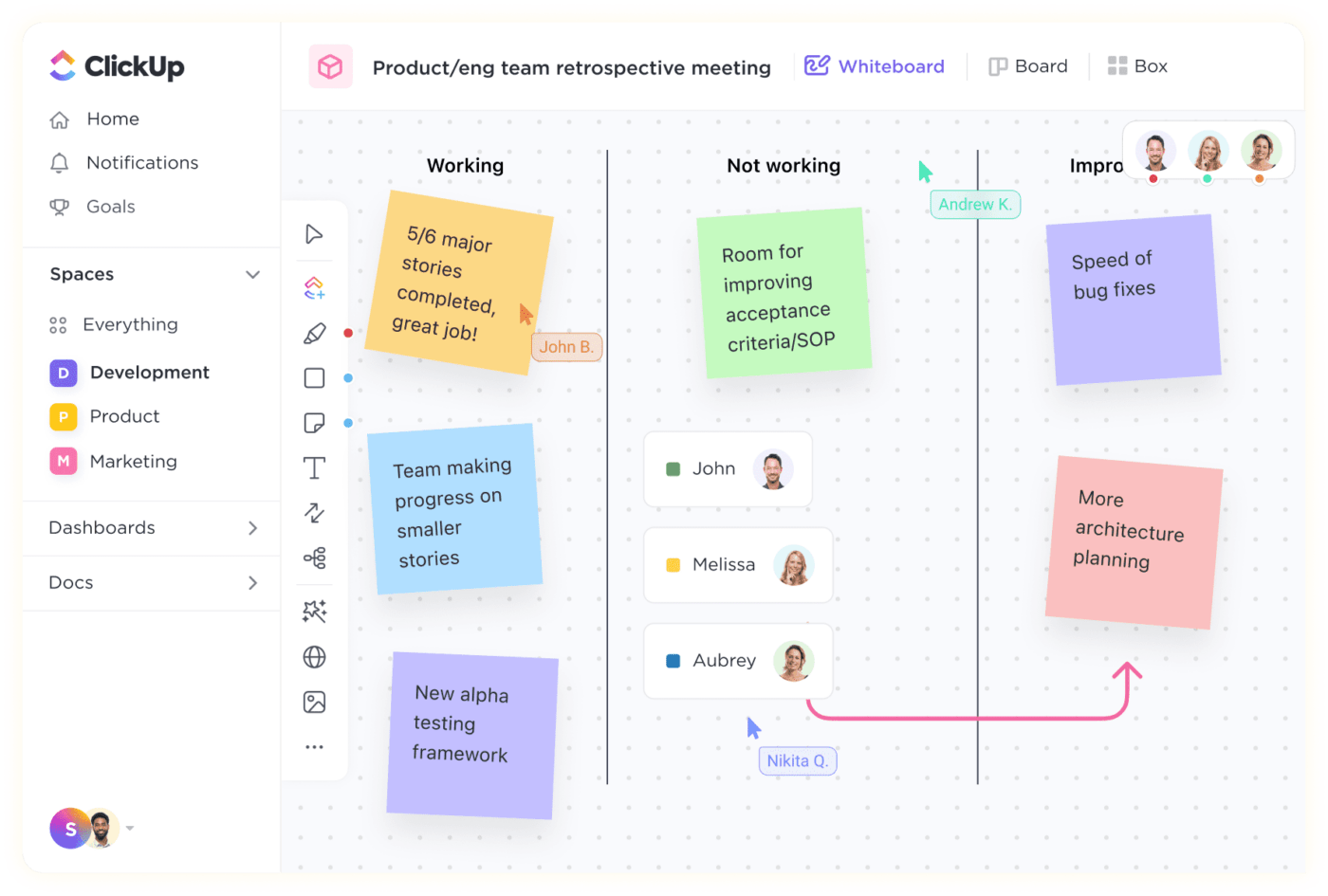Hybrid Work Policy: A Step-by-Step Guide and Best Practices

Sorry, there were no results found for “”
Sorry, there were no results found for “”
Sorry, there were no results found for “”
Remote work was a lifeline during the pandemic. But as the world emerges from several years of social distancing, more folks are returning to the office.
Remote work is great for work-life balance and employee well-being. However, meeting face-to-face on occasion has its perks, too. If you’re not ready to mandate a 100% return to in-person work full-time, then a hybrid work policy could be just the ticket. ✅
More organizations are embracing hybrid work policies to bridge the gap between employees’ desire for flexible work arrangements and management’s need to connect in person. With hybrid work, you allow the team to do a blend of remote and in-office days, usually on a predetermined schedule.
Hybrid work is a new frontier for most managers and HR pros, so if you haven’t written a hybrid work policy before, don’t worry.
In this guide, we’ll break down the key components of a hybrid policy and share a list of tools to help you create effective policies for your hybrid team.
A hybrid work policy is a written framework that spells out how your organization balances in-person and remote work. This documentation gives employees the flexibility to work in your office space for face-to-face collaboration or remotely from their home office. 🏡
But should everyone come into the office at the same time? Or does everyone get to set their own in-office hours? Hybrid work is incredibly flexible and open to interpretation, so it’s a good idea to document it so all team members are on the same page.
However, these documents are tricky because every organization approaches flexible work arrangements differently. One company’s policy might allow employees to work remotely a few days a week, while another might offer arrangements where remote work is the norm and they only meet on-site as needed.
Hybrid work arrangements are also tricky because they require a different management approach. Instead of connecting in person to ensure team members are being productive, you have to embrace a results-oriented approach that focuses more on employee performance and output.

This is a different way of doing things, to be sure. But focusing on real productivity empowers employees to manage their own work schedules, boosting their autonomy, engagement, and job satisfaction. The absence of micromanaging alone can work wonders for your company culture and retention rates. 🤩
Be sure to consider the legal implications when you write a hybrid work policy. It needs to comply with all employment laws, especially those related to work hours, part-time and full-time employment status, and remote work arrangements for people with disabilities.
You also need to consider:
When in doubt, run your hybrid work schedule and policies by the legal department to make sure everything’s on the up and up.
Every org does hybrid work differently, but you still need to include these sections, at a minimum, in your hybrid work policy:

A hybrid work policy isn’t something you should spring on your team out of the blue. Follow these steps to successfully implement a hybrid work policy that keeps your team happy, balanced, and productive. 🧘
Even if you already have an unofficial hybrid work policy, it’s a good idea to step back and assess whether things are working. If you don’t have a policy, evaluate your current work environment to determine what type of hybrid arrangement would work best.
This is your chance to create a custom hybrid work model. Instead of following other hybrid work policy examples too closely, create something that best fits your organization’s approach to work. 📝
This preliminary plan should outline the structure of the hybrid work arrangement, including work hours, work locations, and flexible work options. Work on the policy internally to get it as clean as possible, double-checking that it aligns with legal standards and human resource guidelines.
This is the biggie. Senior management, the C-suite, or your board of directors has to approve the hybrid work policy. There’s a good chance they’ll have feedback about your plan, so don’t be afraid to go back to the drawing board until it’s perfect. The more management supports your hybrid work policies, the smoother the rollout will be.
Once the higher-ups agree on the hybrid policy, it’s time to share the plan with employees. Instead of blurting out, “Hey, we have a totally new work arrangement!” on Slack, try to have a little more finesse. This is a big change, especially if you’ve been working remotely, so create a thoughtful communication plan for announcing the new hybrid policy. 📣
Send a company-wide email providing detailed information on the policy, including the full text and bullet-point highlights. Employees will understandably have a lot of questions, so consider proactively scheduling Q&A sessions to address any concerns.
You’ll need the necessary infrastructure to make hybrid work, well, work. You’ll likely need a VPN and communication tools like Slack or Zoom that work remotely and in-office.

Consider pulling your work into an all-in-one hybrid work software solution like ClickUp so employees have access to everything, no matter where they’re working. ✨
Hybrid work is a new concept for some companies. Implementing a radical new policy like this is likely going to hit a few snags. Regularly review the effectiveness of your hybrid model and make adjustments based on team feedback and business needs.
Hybrid arrangements are tougher to pull off than fully remote-only or on-site-only work arrangements.
So why go hybrid at all? 🤷
The short answer is that employees want hybrid work.
Hybrid work policies have a big influence on your ability to recruit solid employees and build a healthy workplace culture. Today’s job seekers value flexibility and work-life balance, and hybrid work policies are a huge selling point. 🙌
Plus, hybrid culture focuses more on employee output and autonomy, leading to higher employee engagement—a must for long-term retention.
Employee Assistance Programs (EAPs) also work nicely with hybrid work policies. You can tweak your EAPs to address the unique challenges of remote workers and hybrid employees, like isolation, work-life balance, and even home office ergonomics.
EAPs can offer resources and tools to help employees adapt to your hybrid work model, including time management and productivity workshops, which directly affect employee performance.
Carefully communicating the shift to a hybrid work setup is great, but if you really want employees to succeed, train them. Your team won’t be together all the time, so it’s important to go the extra mile to offer professional development to your team, regardless of where they work.
For one, some employees will probably benefit from technology training. Not everyone is savvy with tools like Microsoft Teams or Slack. A few training sessions will help both you and your employees get more value out of the tools you’re already paying for. 🛠️

Aside from technology, continuous skill development is a great way to boost employee performance and motivation in a hybrid environment. For example, regular project management training will keep your PMs up-to-date on the latest strategies for managing profitable projects.
Most managers are new at managing hybrid teams, so require all of your leaders to go through specialized training on hybrid management best practices. A lot of leaders are familiar with the “butts in seats” management style, which will only derail a hybrid team’s success.
Regular training will get management more comfortable with the hands-off hybrid approach, supporting employee autonomy and a shift toward performance-first work management.
Bonus: Office space planning software!
Creating a hybrid work policy normally takes a few documents, spreadsheets, and napkin scribbles. That’s a recipe for rework and disorganization, which is why companies use ClickUp to create, share, and implement hybrid work policies in record time. 🏎️

ClickUp is much more than a remote work tool. It’s a hybrid work solution designed for deploying and efficiently managing a hybrid workforce, whether they’re in the office or miles apart.
Centralize communication, task management, and documentation in a single user-friendly platform. All ClickUp Workspaces are customizable, so you have the freedom to tailor the digital environment however you like.
Rely on ClickUp’s robust, remote-friendly features to keep your hybrid team on the same page.

Hybrid work policies are the next stage of remote work. Hybrid work is a win-win situation as long as you implement it correctly. 🏆
But how do you know whether your hybrid work policies are actually successful?
It’s important to check in on processes to make sure the new approach actually works. If it’s creating new headaches that hamper team progress, it’s probably time to make some changes.

Of course, you’ll need data to understand whether your hybrid work arrangements are up to snuff. Create trackable ClickUp Goals to monitor:
Create customized ClickUp Dashboards for the company as a whole, for an entire department, or by employee. You’ll be able to monitor real-time performance, regardless of where your team works for the day.
Hybrid work gives you the culture-building benefits of in-person connection without compromising on flexibility. Hybrid work policies remove ambiguity and manage expectations, setting everyone up for long-term success.
Sure, creating a new policy might take some time and effort, but it’s the best way to empower employees and run a more efficient business. 🎯
Yes, you can try to do it all by yourself. But when results matter, manage your hybrid team in ClickUp. Not only does this leading platform have the chops to write your hybrid policies, but it also manages projects, tasks, communications, Docs, templates, and everything in between for hybrid teams.
You don’t have to take our word for it, either. Give ClickUp a try for yourself. Create your free ClickUp Workspace now.
© 2025 ClickUp